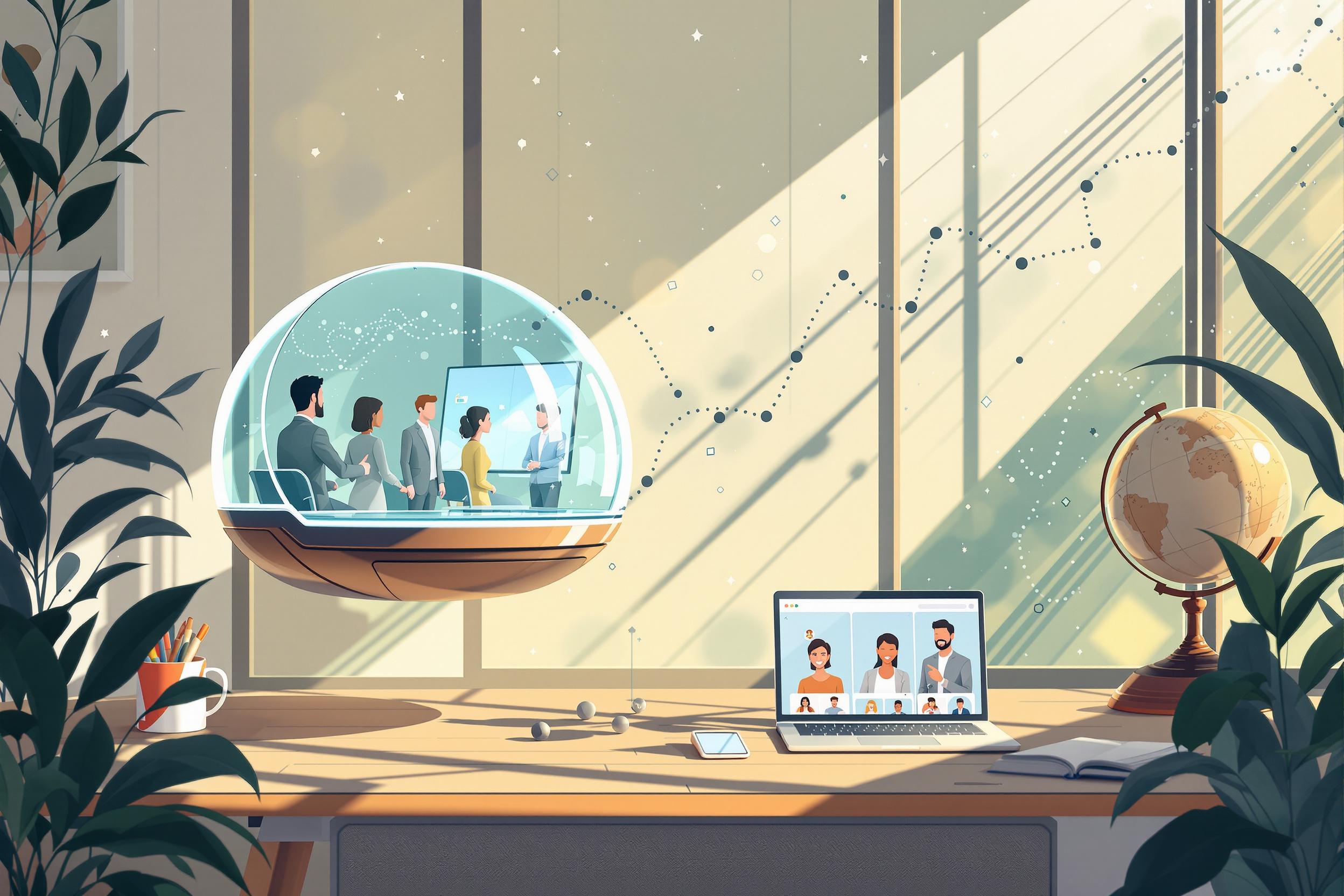
Spatial Planning
Spatial Planning is the art of organizing and designing physical spaces for exhibitions, installations, or events. It's like being an architect for temporary spaces, where professionals figure out the best way to arrange art pieces, lighting, and visitor paths in a given area. This skill is essential in museums, galleries, and event spaces. People who do spatial planning need to think about how visitors will move through a space, how artwork will be viewed, and how to create the right atmosphere. It's similar to interior design but focuses more on temporary installations and exhibitions rather than permanent living spaces.
Examples in Resumes
Developed Spatial Planning strategy for major museum exhibition spanning 3,000 square feet
Created detailed Spatial Planning and flow analysis for interactive art installation
Led Spatial Planning and layout design for multi-artist gallery show
Typical job title: "Spatial Planners"
Also try searching for:
Where to Find Spatial Planners
Professional Organizations
Online Communities
Job Resources
Example Interview Questions
Senior Level Questions
Q: Can you describe a challenging spatial planning project you managed and how you resolved any issues?
Expected Answer: Look for answers that demonstrate leadership in handling complex projects, ability to work with multiple stakeholders, and creative problem-solving in space utilization. They should mention budget management, timeline coordination, and team leadership.
Q: How do you approach accessibility and safety requirements in your spatial planning?
Expected Answer: Strong answers should cover ADA compliance, emergency exits, crowd flow management, and how they balance these requirements with artistic vision. They should demonstrate knowledge of building codes and safety regulations.
Mid Level Questions
Q: How do you determine the flow of visitor traffic in an exhibition space?
Expected Answer: Candidate should discuss analyzing space requirements, creating clear pathways, considering viewing distances for artworks, and managing bottlenecks. They should mention both practical and experiential aspects.
Q: What factors do you consider when planning lighting for an exhibition space?
Expected Answer: Look for understanding of how lighting affects artwork visibility, mood creation, and preservation requirements. They should mention different types of lighting and their appropriate uses.
Junior Level Questions
Q: What basic tools do you use for spatial planning?
Expected Answer: Should mention measuring tools, design software, floor plans, and basic modeling techniques. They might reference sketching and basic 3D visualization tools.
Q: How do you start planning a new exhibition space?
Expected Answer: Should describe initial steps like measuring the space, listing requirements, creating rough layouts, and considering basic traffic flow. Look for understanding of fundamental space planning concepts.
Experience Level Indicators
Junior (0-2 years)
- Basic space measurement and layout
- Understanding of traffic flow principles
- Simple 2D planning and sketching
- Knowledge of basic lighting concepts
Mid (2-5 years)
- Advanced layout and flow planning
- Experience with various exhibition types
- Understanding of accessibility requirements
- Lighting design and implementation
Senior (5+ years)
- Complex exhibition planning
- Team leadership and project management
- Budget planning and management
- Stakeholder coordination
Red Flags to Watch For
- No understanding of basic space measurement and layout principles
- Lack of awareness about accessibility requirements
- No experience with exhibition or installation work
- Poor understanding of visitor flow and traffic patterns
Related Terms
Need more hiring wisdom? Check these out...

Succession Planning: Your Company's Future-Proof Strategy

Unlocking Team Potential: Personality Mapping for Dynamic Management

Navigating the Virtual Horizon: Rethinking Leadership Succession in a Remote-First World

